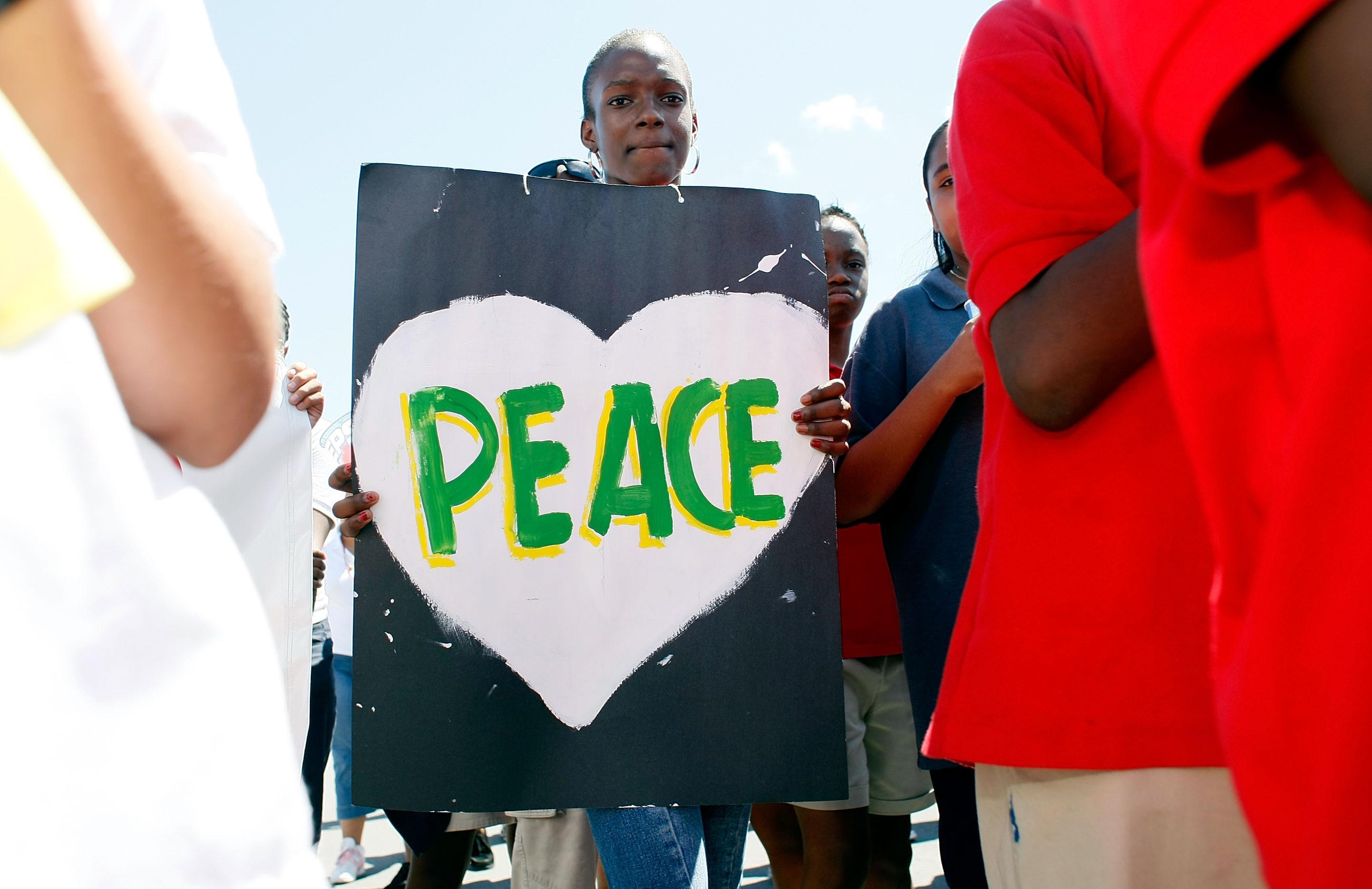This post originally appeared in Business Insider.
By Joe Weisenthal
There’s been a lot of talk about the absence of a strong and visible anti-war movement, the way there was during the George W. Bush Presidency. While there are protests against intervention in Syria, in general the movement seems to be a lot weaker under Obama. If you guessed that this had something to do with the fact that Obama is a Democrat, you’d be correct!
In 2011, Professors Michael T. Heaney and Fabio Rojas published a study titled: The Partisan Dynamics of Contention: Demobilization Of The Antiwar Movement In The United States 2007-2009 which looked at nearly 6,000 surveys of anti-war demonstrators between January 2007 and December 2009. This one chart basically tells the whole story. The percentage of Democrats attending anti-war protests collapsed at the end of 2008, and in early 2009.

Michael T. Heaney and Fabio Rojas
As Democrats are the biggest block of any of these groups, this desertion of the Democratic party was the major blow.
See also: Soldiers Speak Out on Syria: “We Are Stretched Thin, Tired, and Broke”
